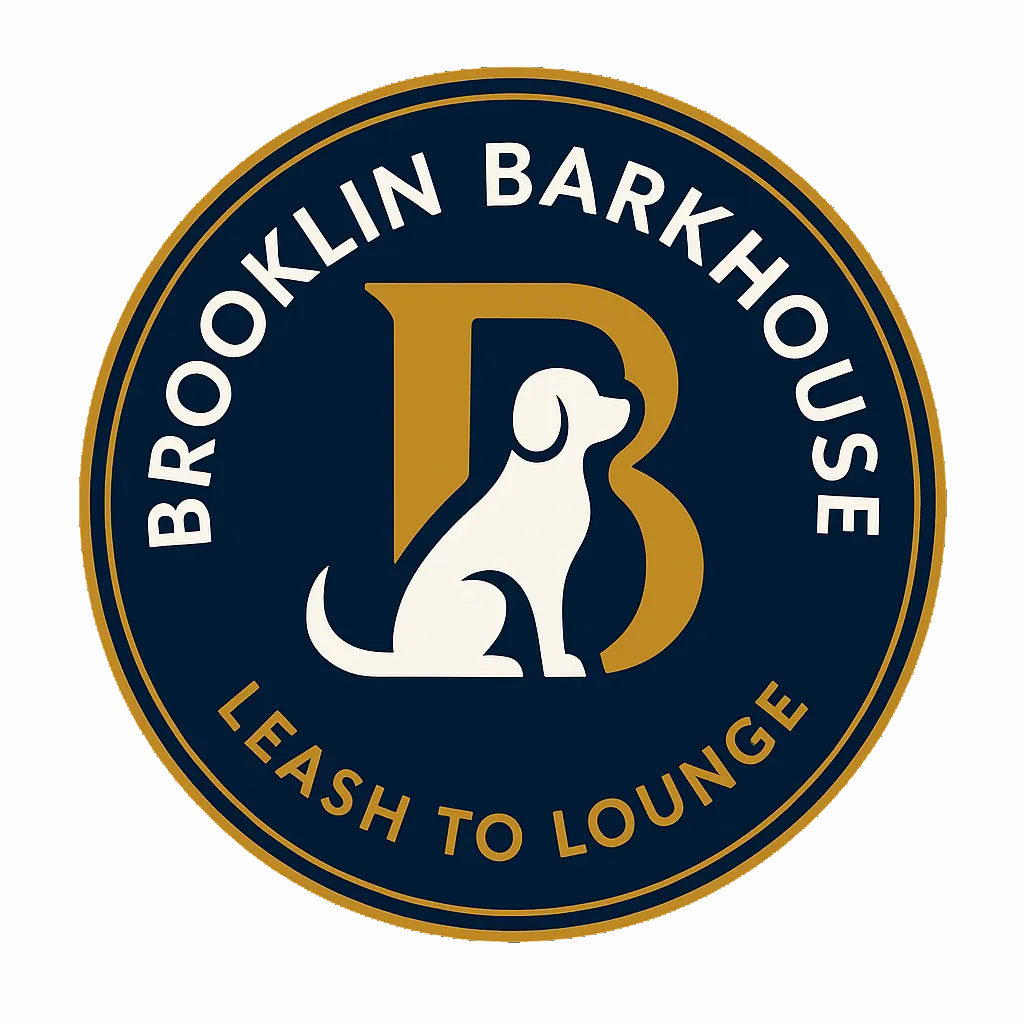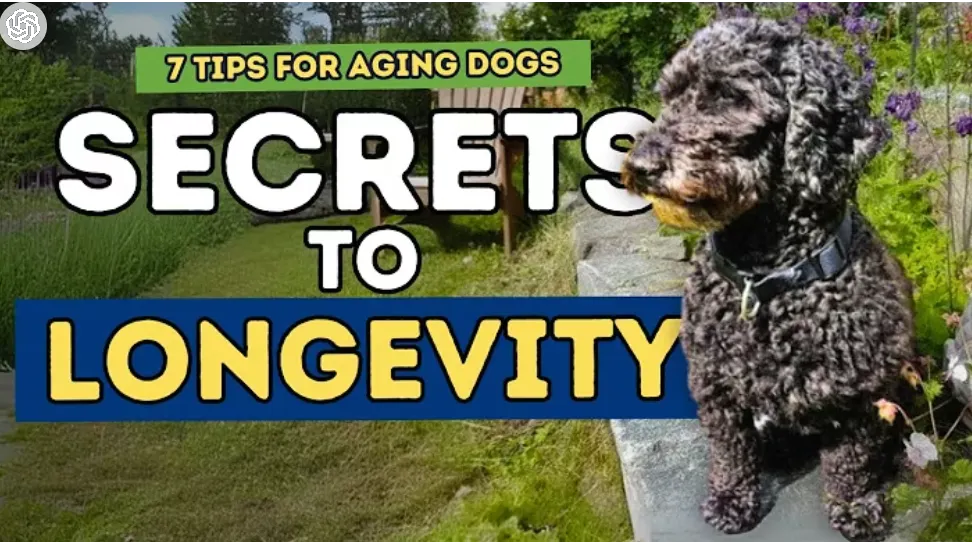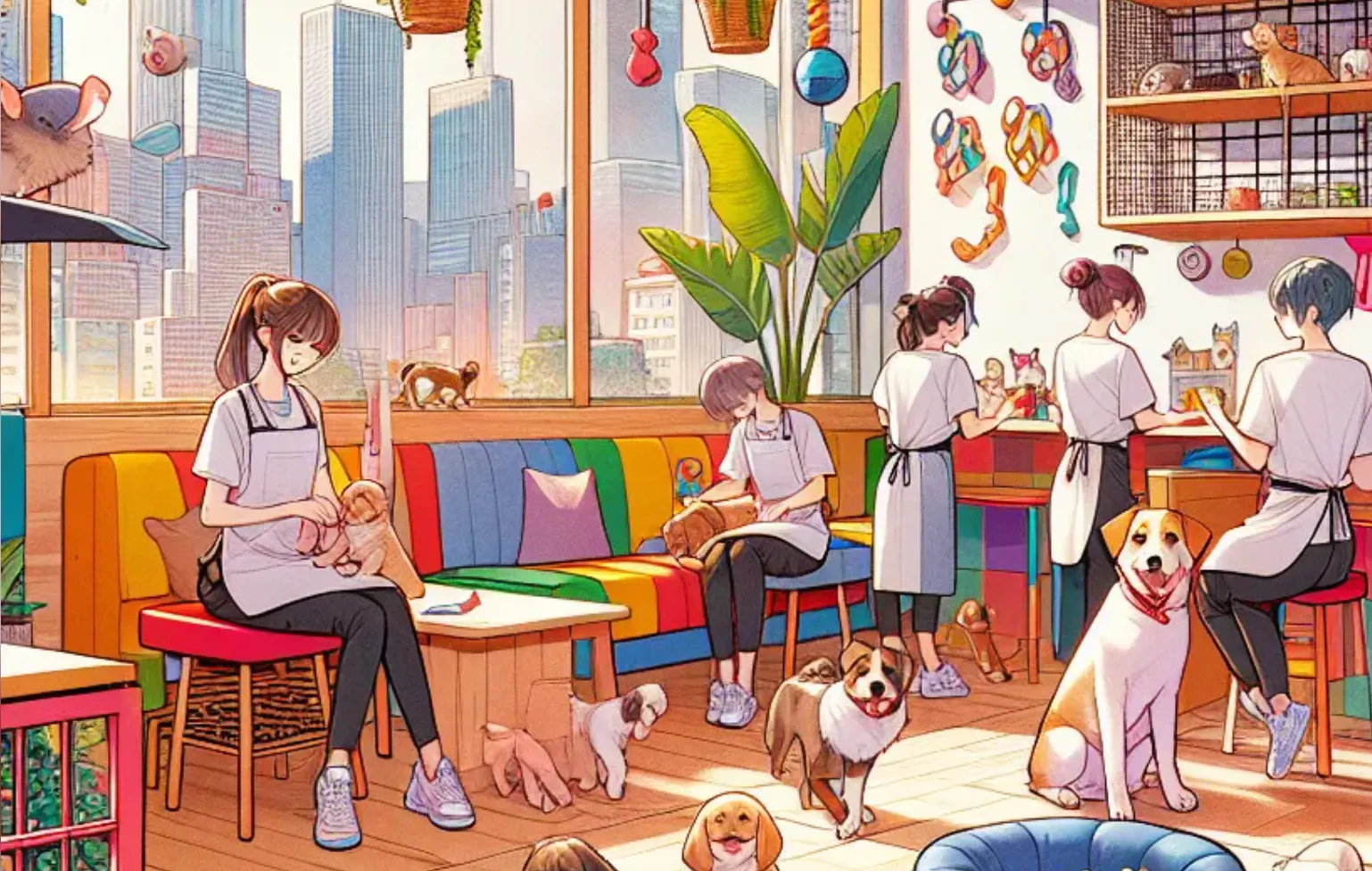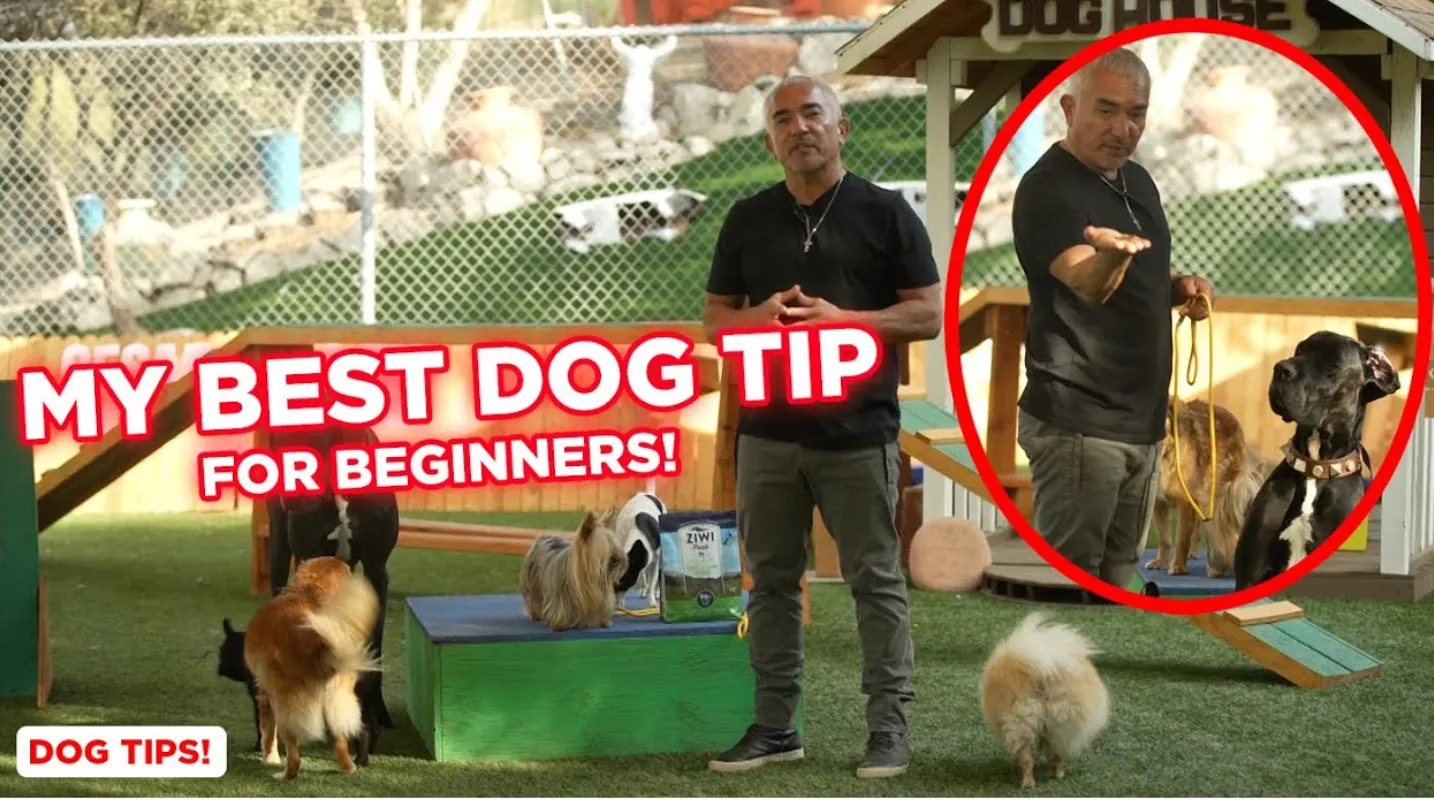Puppy Potty Training:
How to Potty Train Your Puppy FAST in Just One Week

Potty training a new puppy can feel overwhelming, especially when you're juggling the excitement of a new furry family member with the inevitable accidents that come with housebreaking. But don’t worry—I’m here to share the exact strategies I used to potty train my mom’s almost ten-week-old puppy in just one week. These are five powerful hacks that you probably haven’t heard before, designed to make puppy potty training as smooth and stress-free as possible.
Why Puppy Potty Training Can Be Simple (If You Do It Right)
The key to fast puppy potty training is preventing accidents before they happen. Puppies learn by what behaviors you allow or don’t allow, so the fastest way to potty train is by not letting your puppy have accidents inside your home or crate. Sounds simple, right? But it requires vigilance and some strategic planning, especially in those first few weeks.
Five Puppy Potty Training Hacks You Haven’t Heard Before
1. Don’t Bring Your Puppy Inside Immediately After They Go Outside
One of the biggest reasons puppies have accidents inside after going outside is that they haven’t fully emptied their bladder or bowels the first time. For the first four to eight weeks, when your puppy goes number one or two outside, wait a little longer before bringing them in. Sometimes puppies need to go multiple times in a short span because their bladder control isn’t fully developed.
After they go outside, watch them like a hawk once they’re back inside. If you notice signs like their nose touching the ground, circling, or looking around anxiously, take them right back outside. This might mean multiple potty trips in an hour, especially with very young puppies, but it’s worth it to prevent accidents and teach them good habits early.
2. Prevent Accidents in the Crate by Taking Frequent Potty Breaks
Crate training is an essential part of potty training, but puppies can’t hold their bladder for very long—especially when they’re under twelve weeks old. To stop your puppy from pottying in their crate or playpen, take them outside every 1 to 4 hours, depending on their age, size, and when they last ate or drank water.
At night, set an alarm to wake your puppy gently every 2 to 4 hours. Many puppies won’t alert you when they need to go, so waking them up minimizes accidents. It might not be fun, but waking your puppy and taking them outside regularly is one of the fastest ways to crate train and potty train simultaneously.
Also, avoid using a crate that’s too large, as puppies might use one end as a bathroom. A properly sized crate encourages them to hold it until they can go outside.
3. Limit Your Puppy’s Access to the House Until They’re Fully Trained
Using baby gates or playpens to restrict your puppy’s freedom is crucial during potty training. Limiting their space to just a few rooms helps you keep a close eye on them and catch signs they need to go potty.
In my mom’s house, we’ve limited her puppy’s access to the dining area, living room, and the area near the back door. This controlled environment helps reduce accidents and teaches the puppy where they should and shouldn’t go.
4. Learn to Recognize Your Puppy’s Potty Signals
Puppies tell you when they need to go potty, but their signals might be subtle at first. Watch for behaviours like:
- Nose to the ground for a split second
- Walking in circles slowly
- Changing their behaviour suddenly, like getting up and moving away from you
- Whining or pacing near the door
Learning these signs early will help you take your puppy out before an accident happens. Remember, a lot of accidents come down to missed cues or not watching closely enough.
5. Keep Potty Breaks and Playtime Separate
It’s tempting to turn every trip outside into playtime, but mixing potty breaks with play can confuse your puppy. Some dogs learn that ringing a bell or waiting by the door means playtime, not potty time. To avoid this, keep potty breaks low-key and focused on the task. Use a marker command like “Yes!” to reward your puppy immediately after they go potty, then calmly bring them back inside.
Reserve playtime for separate sessions to help your puppy understand the difference between potty time and fun time.
Common Questions About Puppy Potty Training
Should I Punish My Puppy for Accidents?
Absolutely not. If your puppy has an accident inside, it’s not because they are being naughty or malicious—they simply don’t have full bladder control yet. Punishing a puppy can make them scared and delay training. Instead, calmly clean up accidents with enzymatic cleaners (which break down urine odors) and take your puppy outside immediately to reinforce the right behaviour.
How Do I Make Crate Training Easier?
Comfort and positive associations with the crate are key. Make the crate a safe, cozy space for your puppy. If you want to dive deeper into crate training, I recommend checking out dedicated crate training resources to build that foundation.
What If I’m Frustrated?
Puppy potty training requires patience and commitment. You might find yourself walking four times as many steps as usual, constantly watching your puppy, and waking up at night. That’s totally normal! The good news is that all this effort pays off quickly when your puppy learns the right habits early.
Final Thoughts on Puppy Potty Training
Potty training your puppy fast is entirely possible with the right approach. By preventing accidents, taking frequent potty breaks, limiting your puppy’s freedom, recognizing their signals, and keeping potty breaks separate from playtime, you set your puppy up for success. Remember, patience and consistency are your best friends during this process.
If you want to explore more about crate training or find the best food for your puppy, there are helpful resources available to support you on this journey. Your puppy will thank you with a clean house and many happy, well-trained years ahead!
Happy training!




